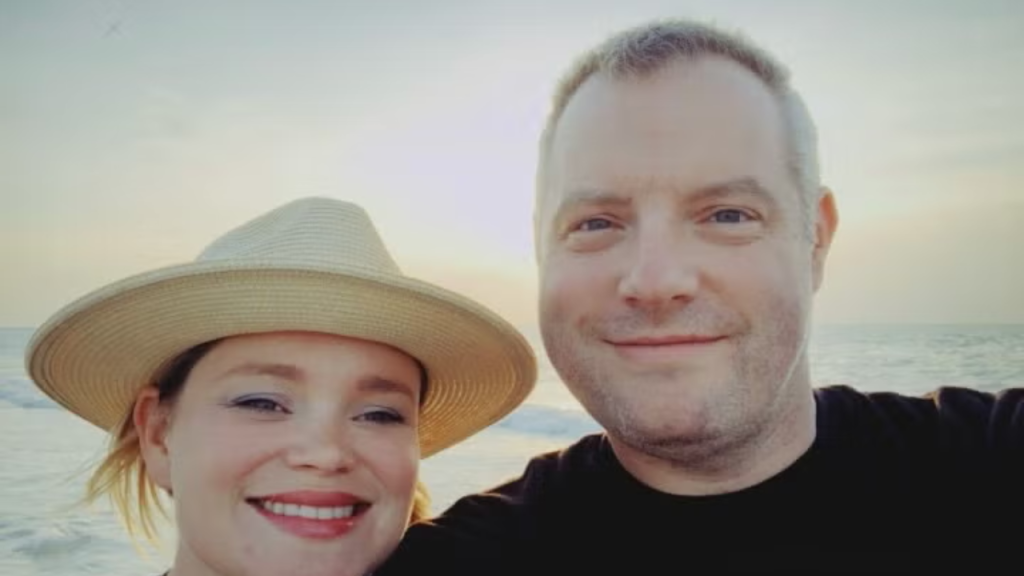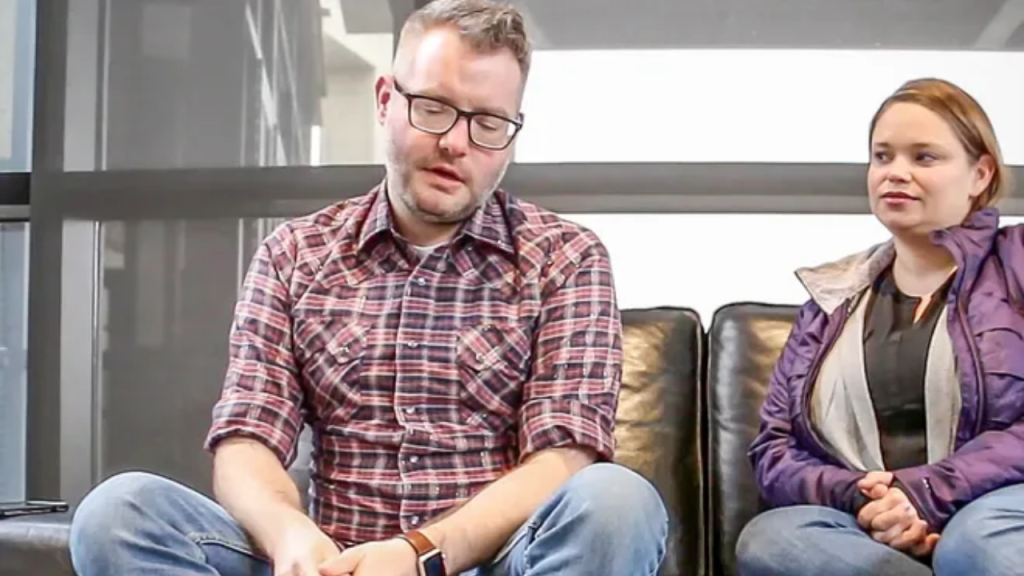
Each year, the Indianapolis 500 draws hundreds of thousands of spectators to Indianapolis, making it one of the biggest sporting events in the United States. While fans cheer on their favorite drivers, a hidden and dangerous issue unfolds in the shadows — human trafficking.
Recently, a survivor of human trafficking who was victimized during the Indy 500 event courageously came forward to share her story. Her account sheds light on the dark reality many victims face during large-scale events, where traffickers exploit the influx of visitors and increased demand for illicit services.
The Hidden Danger at Major Events
Large sporting and entertainment events like the Indy 500 create a temporary surge in population, often attracting traffickers looking to exploit the increased number of visitors. Traffickers prey on vulnerable individuals, including runaways and those facing economic hardships, to force them into exploitative situations such as sex trafficking or labor trafficking.
The victim’s story highlights how traffickers use manipulation, threats, and violence to control their victims, often moving them between hotels, motels, and other locations near the event venues. Despite the glamour and excitement surrounding the Indy 500, victims endure fear, isolation, and abuse.
A Survivor’s Harrowing Experience
The survivor, who has chosen to remain anonymous for safety reasons, recalls being coerced into trafficking during the Indy 500 weekend. “It felt like I was invisible to the world. Everyone was focused on the race, the festivities, but no one saw what was happening to me behind closed doors,” she said in a recent interview.
Her ordeal began months before the event, when traffickers promised her a legitimate job opportunity. Instead, she was trapped in a cycle of exploitation throughout the race weekend, forced to move from place to place under constant surveillance.
Her escape came thanks to a combination of courage and intervention by law enforcement working with local organizations specializing in human trafficking rescue and support.
Community and Law Enforcement Efforts
Indianapolis authorities, along with federal agencies, increase their focus on human trafficking during the Indy 500 each year. The Indianapolis Metropolitan Police Department (IMPD) coordinates with non-profits and community partners to raise awareness, conduct undercover operations, and provide victim assistance.
One key initiative includes distributing resources such as the National Human Trafficking Hotline number to hotels and venues, making it easier for victims or concerned citizens to seek help discreetly. The Department of Homeland Security (DHS) also plays a critical role by offering training to local law enforcement and businesses to identify trafficking indicators.
How You Can Help
Experts urge attendees and local residents to be vigilant during large events. Signs of trafficking include individuals appearing fearful, controlled by others, or exhibiting signs of physical abuse.
If you suspect human trafficking, you can report it to the National Human Trafficking Hotline at 1-888-373-7888 or by visiting humantraffickinghotline.org. Immediate tips and guidance are available 24/7.

Government Resources for Support and Awareness
The U.S. Department of Justice (DOJ) provides extensive information and resources related to human trafficking, including survivor assistance and how communities can respond.
The Department of Homeland Security (DHS) leads efforts in combatting human trafficking through its Blue Campaign, offering training and awareness tools.
Moving Forward
The Indy 500 is a celebration of speed and skill, but this survivor’s story reminds us that vigilance is essential to protect vulnerable people. Awareness, education, and collaboration among community members, law enforcement, and government agencies are key to preventing human trafficking at major events.
By sharing survivor stories and supporting anti-trafficking efforts, we can help bring this hidden crime into the light and support those who need it most.
